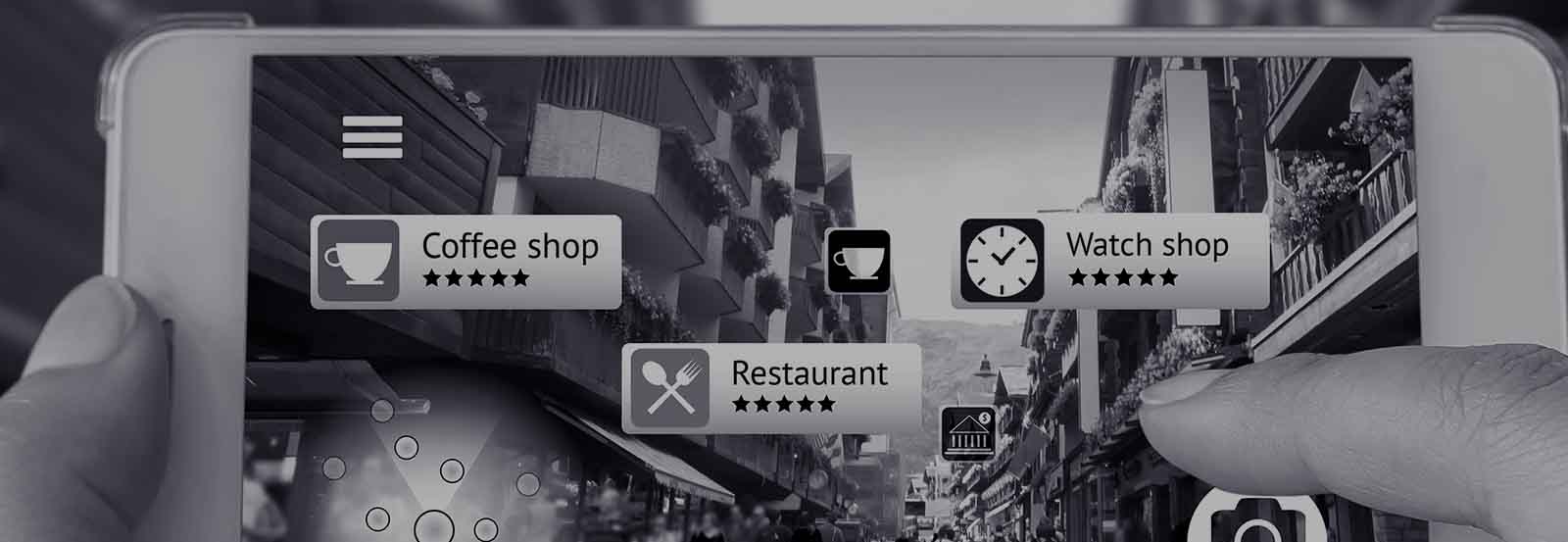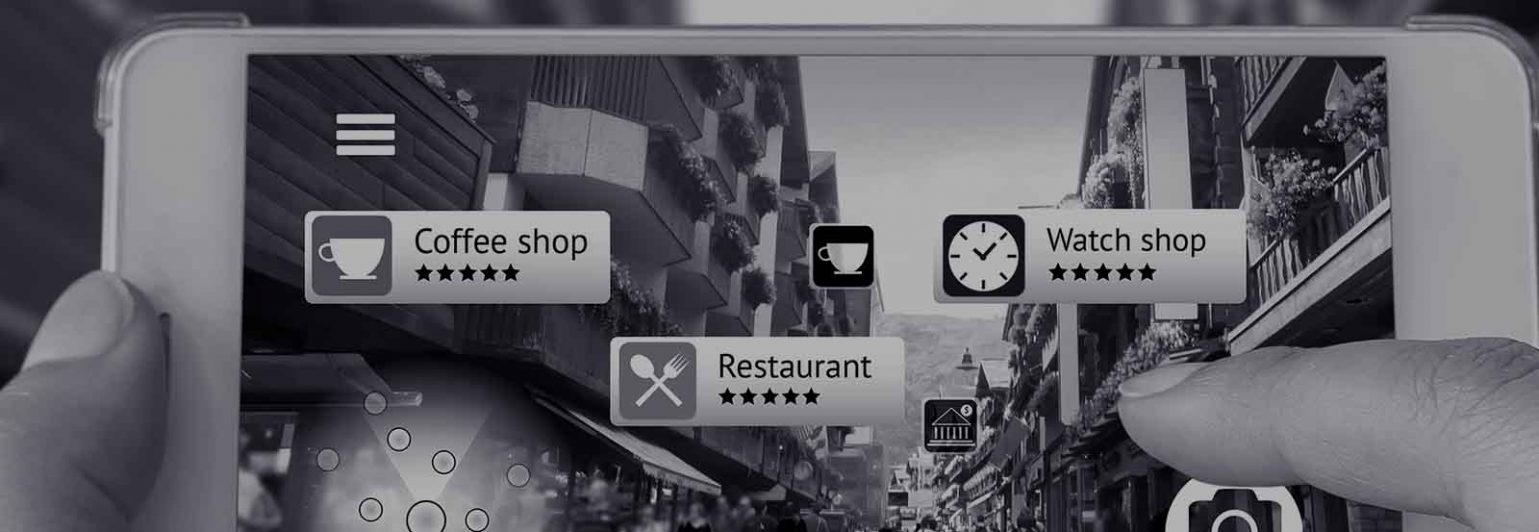
Technology has flattened the competitive landscape. It has lowered the barrier for entry, allowing a new era of competition to change the market place. The increased competition has pushed most brands and businesses to reinvent themselves digitally to survive. The digital business revolution is driving significant enterprise investments for purposes of leveraging digital technologies (like mobility and IOT) to address new channels of customers and address market disruptions. The way businesses engage with customers and manage relationships has changed radically.
Today’s customers are empowered through mobile and social technologies, and are better informed than ever before. Customers are now in control of the relationships they have with their favourite brands. Businesses need to have the ability to satisfy the growing demand for orchestrated Omni-channel customer engagement. While other tools on the market independently address silos of sales force automation, call centres, email campaigns, web widgets, analytics from social listening, loyalty programs, what businesses need is a comprehensive approach. Such an approach needs to be based on unified view of customers and products, enabling brands to engage with customers consistently across all touch points.
Customers are in control of their journey and it doesn’t happen in a linear fashion, rather, it is dynamic and it happens at the convenience of the customers. This is why businesses need to have an adaptive customer engagement platform that provides a unified view of the customer. To successfully engage with today’s customers, businesses need more than just the view of a customer’s past interaction information because customers will demand more in context to customer experience from businesses everyday and it will not stop. Ever-evolving consumer technologies are enabling customers to do things faster than businesses can react to them. The focus is shifting more towards consistency and multi-channel integration to device independent interactions. As per Gartner’s 2015 Customer 360 Preconference survey, major focus of the businesses will be to increase customer satisfaction and improve customer experience.
To achieve the above objectives, businesses need to focus on the following three aspects:
- Incorporating Mobile and Voice
- Leveraging Social
- Creating Context
1. Incorporating Mobile and Voice:
When does mobility impact customer engagement process? The answer is – all the time. Customers are with their devices/smartphones all the time; at home, in office, business meeting, sports, workouts, shopping, driving, in between sales calls, travelling, etc. and with multiple devices. As per recent Gartner, by 2020, 40% of sales organisations will rely primarily on mobile digital technology for their sales force automation initiatives. Before we discuss this insight, let us understand the current challenges faced by businesses while integrating mobile into their customer experience initiatives:
Apps get old fast: Most mobile apps are abandoned, forgotten or deleted which makes supporting them a challenge.
Too many options to choose from: There is a wide range of possible mobile customer support capabilities that require careful observation of customer behaviours to improve them even incrementally.
Give Mobile a voice: Voice driven apps will be increasingly used by customers and employees over the next five years.
Be social: Social Apps will gain more momentum as customers (digital natives) and new, younger employees, who by nature are more socially collaborative, continue to drive the business and enter the workforce.
Is it right for the industry or process? Industry specific and process specific considerations impact customer service usefulness on mobile devices.
While moving forward to 2020, businesses need to focus on the following:
Experiment with innovative mobile digital technologies with small groups, as many of them (technologies) are still unproven or untested.
Incorporate voice-driven apps where possible, to improve the interactions.
Minutely observe the daily lives of customers and employees from dawn to dusk to determine which mobile technologies will have the greatest impact.
It will be beneficial to observe customers directly to see what the most popular mobile functions are at present but push the envelope with innovative additions. Every new initiative takes time to mature hence, businesses need to commit a period for mobile support maturity model planning, as key technologies and consumer behaviour may dictate shifts in prioritisation. Another requirement is to employ a range of analytics techniques and applications to monitor the success of the customer experience functionality on the mobile device, as businesses need cases on advanced analytics.
2. Leveraging Social:
Interactions with couple of organisations in western and southern part of India led to an inference, businesses are confused or mislead on social media integration with their customer experience initiatives. Let us understand the warning signals. Some of the marketing managers revealed that social media strategy doesn’t account for responding to the posts related to the brand. Some business owners mentioned social media as something the marketing team handles. Many organisations are still struggling to show ROI on social for CRM, and many times because they have yet to define a strong use case. Mature organsations like Mahindra & Mahindra and other Indian and multinational MNCs are recognising that social media is far more than just marketing promotions and can be a source of knowledge throughout the organisation. An effective, holistic, global social strategy supporting CRM is still elusive to the majority of these organisations (Not to mention the recent British Airways case of Sachin Tendulkar).
3. Creating Contextual Experience:
Customers now-a-days want personalised customer experience, which can make them convinced as personalised. Social and mobile are two mediums that are further strengthening this sentiment among customers. The Indian ecommerce industry is continuously experimenting and innovating new means to provide a personalised experience every time their customers visit for a transaction; Amazon India and Flipkart are two classic examples. Personalisation makes the experience contextual for the customers. Businesses need to deliver context at every stage of interaction.
While plugging in context into the customer experience, businesses need to provide a unified customer experience; customer service agents, marketers, digital professionals and sales force must have a 360-degree view of the customer with whom they are interacting. Managing multiple sources of customer data, businesses need to have two separate applications for CRM and social for CRM, and many more with emerging trends and preferences, leaving them with different sets of customer records. Many of them while aiming for systemic reconciliation need to consider investing in a master data management (MDM) application or extending their existing MDM program to meet customer data needs as a solution to their customer records reconciliation problems. MDM processes recognise that unique attributes of the social data, including, allowing for frequent updates and allowing end users to control which attributes are updated by the social data. In the coming time we will see context architectural models, context brokers and the emergence of standards around the handling and management of contextual attributes.
And as per Gartner by 2020, IoT will deliver new sensors and devices that will increase the number of contextual attributes by orders of magnitude. Context will turn into a big data problem, which will put organisations on the road to digital contextualisation of the customer experience.



